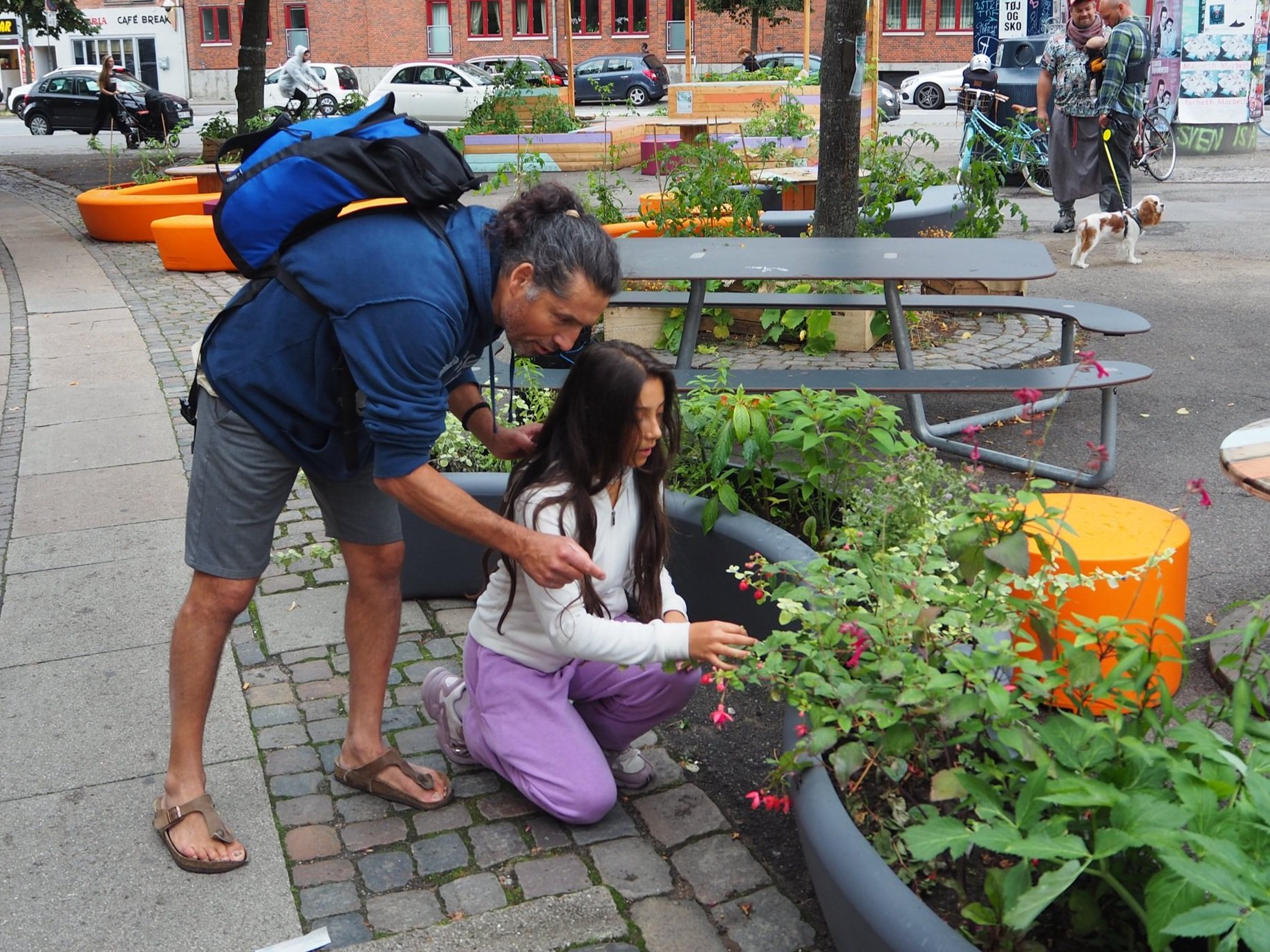Every neighbourhood should support healthy diets
Poor diets are a leading cause of the global obesity epidemic and contribute to undernutrition and climate change – all significant threats to human and planetary health.
A traditional understanding of people’s dietary choices has focused on food affordability and the distance between an individual's home and where they get their food.
However, food choices are far more complex than that. Where we live impacts what we eat, because limited local access to healthy food, broken mobility networks, and lack of affordable housing all make it difficult to establish healthy food routines.
That’s where Thriving Foodscapes come in
This approach considers how we can design neighbourhoods that support healthy and environmentally sustainable lifestyles.
Using a range of methods that reveal the relationship between food availability, the urban environment, and human behaviour, we can identify the barriers that our neighbourhoods pose to making healthy food choices – and begin to imagine what we can do about it.
Tools for Change
The Thriving Foodscapes Approach is a set of research methods that Gehl and Cities Changing Diabetes created to conduct Foodscape Assessments in neighbourhoods around the world.
This site presents a set of free study methods drawn from the larger approach that help urban planners, health and food professionals, and communities understand how their neighbourhoods have a positive or negative impact on dietary choices.
What is a Foodscape?
A foodscape is made up of three intersecting components that influence people's eating choices: food places, public space, and public life.
How can the Thriving Foodscapes Approach help my community?
Insights from a Foodscape Assessment provide the groundwork for long-term change. Whether through raising awareness of local food issues, making the case for policy change, or inspiring new programs or public space projects, the ultimate goal of the Thriving Foodscapes Approach is to spur the creation of actionable solutions that tackle the specific challenges and needs of communities. Our case studies include:
Bogotá – Creating foodscape policy pillars and piloting change by a local public school – increasing safety, security, comfort, and providing access to healthy food and health education.
Philadelphia – Listening to people’s experiences to adapt how a food bank distributes food & engages community in education and employment opportunities.
Copenhagen – Learning about kids’ and teens’ relationship to food and public space, and implementing pilots to encourage healthier food behaviours.
See Thriving Foodscapes in Action in Lisbon
What do our collaborators say?











